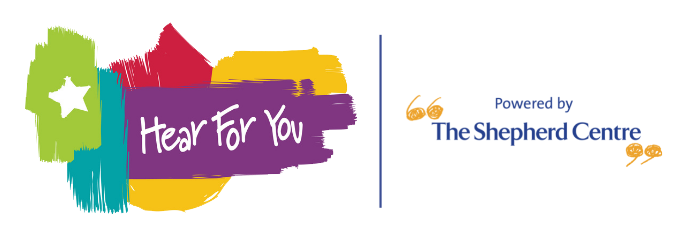Learning from home is a challenge for teenagers with hearing loss. Due to the impact of COVID-19, many aspects of life across Australia have had to adapt to the lifestyle of working remotely. School, work and other recreational activities are almost all online and this poses a variety of challenges for the deaf and hard of hearing community, especially teenagers within this group.
Challenges faced by the deaf and hard of hearing whilst learning remotely
Many schools, workplaces and institutions have opted to the use of online platforms such as Zoom or Skype as a means of communicating and collaborating during these unprecedented times. Although there are benefits to this, these platforms can also pose challenges for the deaf and hard of hearing community. Some examples of the challenges that arise may include:
- Visuals are extremely helpful for the deaf and hard of hearing community on platforms like Zoom or Skype. If the video freezes there becomes a reliance on audio, which poses a challenge for potentially missing important points or finding it harder to follow along with the conversation due to a lack of visuals.
- Individuals, without realising, may talk over the top of one another. This presents a challenge for hard of hearing individuals because the conversation may become muffled and hard for them to follow.
- Less time for one-on-one learning. Due to the collaborative nature of Zoom, it can be difficult to get the extra one-on-one support that deaf and hard of hearing teenagers may need or they may find it difficult to speak up and ask for the information to be repeated if they miss something.
Although the above are challenges, this is not to say that online learning and collaborating is not a benefit to the deaf and hard of hearing community. It simply poses challenges for them and their ability to maintain their learning.
Making virtual learning accessible: some tips for hosting an accessible video call
There are a number of ways that we can make online learning more accessible to the deaf and hard of hearing community. One of the key ways to improve online learning for the deaf and hard of hearing is to use visuals to enhance communication. Some tips for hosting an accessible video call include:
- Use the camera: ensure that you are visible. This allows those who are deaf and hard of hearing to speech read and effectively follow along with the session.
- Make use of the chat box feature: post discussion questions in the chat box to give deaf and hard of hearing students or employees the option to also read the questions so they don’t miss any points and can contribute to the discussion.
- Using closed-captioning: programs like Zoom offer this feature.
- For a high quality captioning service you use Ai-Media’s integrated live captioning service for Zoom. These high-quality captions are created by real people, and give you access to excellent accuracy and service.
- Use break-out rooms: again Zoom offer this feature that allows smaller groups to connect during the main call. Hosts and moderators can also move between rooms.
- Transcription services – take a look at Otter or other free live transcription services e.g. Live Transcribe as a way for people to caption their lessons or video audio for free without relying on a paid service.
Online Learning With Hear For You
Hear For You provides online programs to support deaf teens. You can see our range of programs and courses on our website here. This includes programs like:
- Weekly Community Catch Ups with Hear For You Mentors
- Tuesday; Teenagers (12-18 years)
- Life Goals and Skills Programs – we offer a range of interests including:
- Graphic Design
- Coding
- Filmmaking
- Careers
- Life Goals and Skills
- Cooking
- League of Hearoes
- You can join our private Minecraft server, access only eligible to deaf or hard of hearing teens



